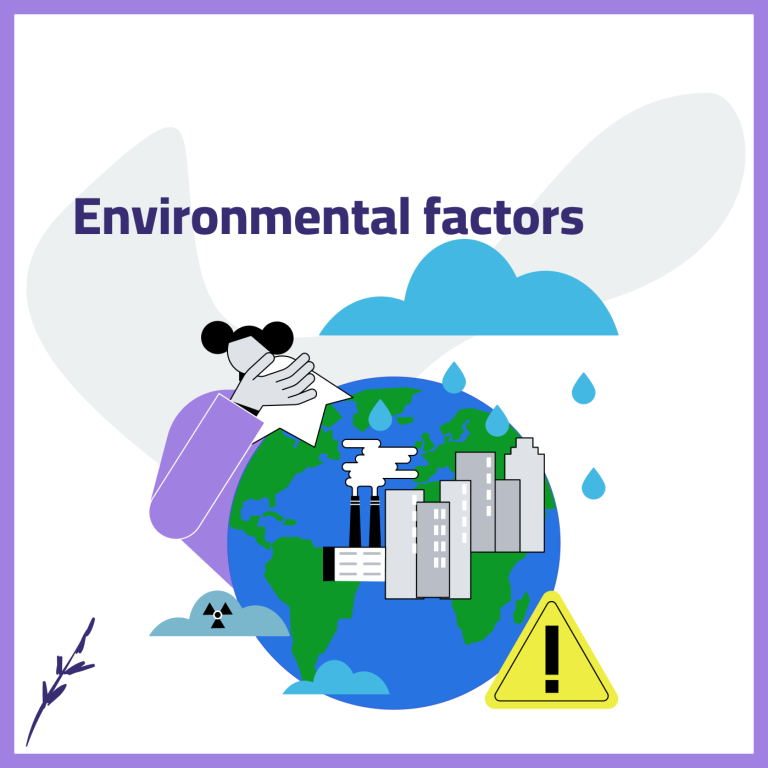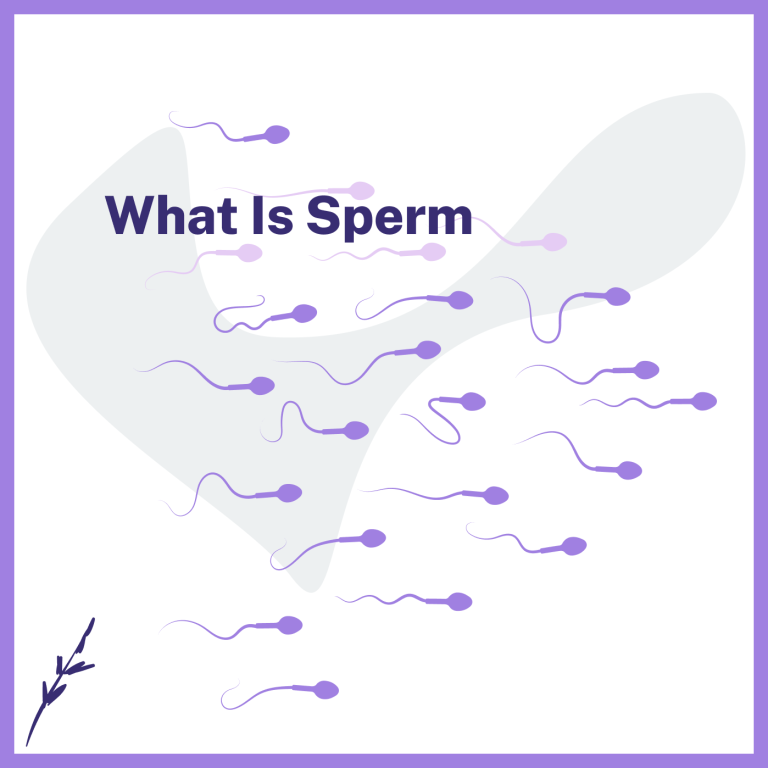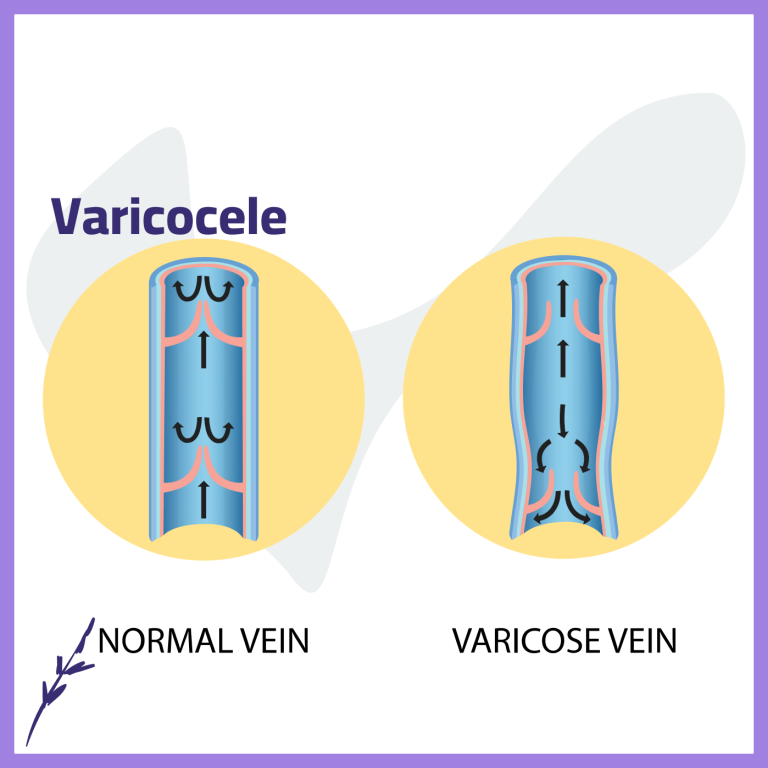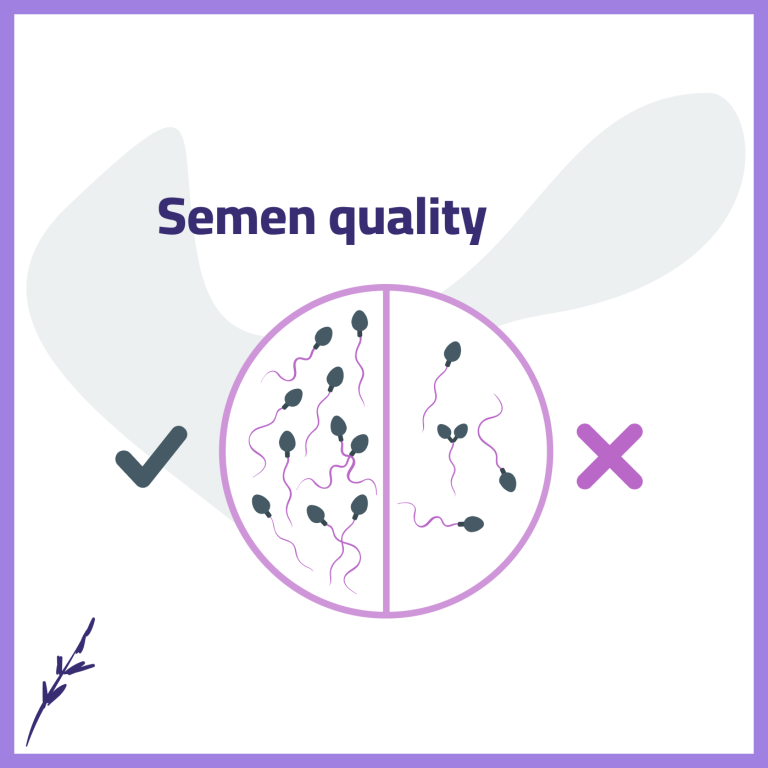Pregnancy Cycle: From Conception to Birth
The pregnancy cycle is a remarkable and complex journey in which a single fertilized cell transforms into a fully developed baby. This process takes place over three trimesters, each marked by crucial changes in both the mother’s body and the growing fetus.
Conception
In the middle of the menstrual cycle, a mature egg is released from the ovary and travels through the fallopian tube. When a sperm successfully fertilizes the egg, a zygote forms. This marks the beginning of a new life.
Implantation and Start of Pregnancy
After initial cell divisions, the fertilized egg reaches the uterus and implants into its lining. The pregnancy officially begins, and the body starts producing pregnancy hormones to support the fetus.
First Trimester (Weeks 1–12)
Mother’s Changes: Hormonal fluctuations, nausea, fatigue, and formation of the placenta and amniotic sac.
Fetal Development:
- Weeks 1–4: Fertilization, implantation, and early cell division
- Weeks 5–8: Development of the brain, spinal cord, heart, kidneys, liver, and digestive system
- Weeks 9–12: Limb growth, facial formation, brain activity, and genital development
Second Trimester (Weeks 13–26)
Mother’s Changes: Increased energy, noticeable baby bump, and weight gain.
Fetal Development:
- Weeks 13–16: Bone growth, ear development, initial movements
- Weeks 17–20: Fingerprints, body hair (lanugo), and swallowing reflex
- Weeks 21–26: Nervous system development, lung function, eye movements, and sound response
Third Trimester (Weeks 27–40)
Mother’s Changes: Fatigue returns, pressure on organs, and preparation for delivery.
Fetal Development:
- Weeks 27–32: Weight gain, nail growth, lung maturation
- Weeks 33–36: Muscle building, nervous system maturity, fat storage
- Weeks 37–40: Organs are fully formed, baby regulates body temperature, and prepares for birth







